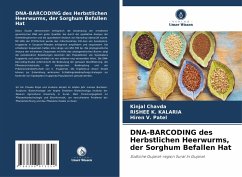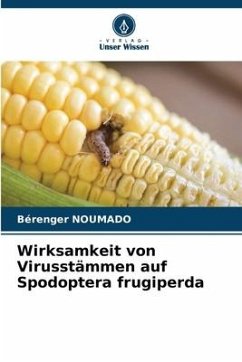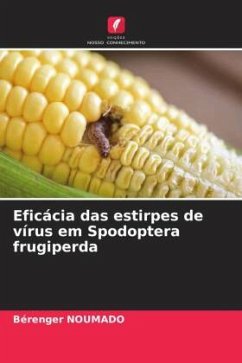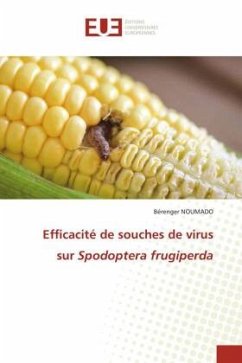
DNA BARCODING OF SPODOPTERA FRUGIPERDA INFESTING IN SORGHUM, JUNAGADH
Saurashtra Region (Junagadh) of Gujarat
Versandkostenfrei!
Versandfertig in 6-10 Tagen
29,99 €
inkl. MwSt.

PAYBACK Punkte
15 °P sammeln!
In conclusion, DNA barcoding of Spodoptera frugiperda in sorghum crops provides a highly effective and precise method for the identification and monitoring of this destructive pest. By targeting the cytochrome c oxidase I (COI) gene, DNA barcoding enables the accurate differentiation of S. frugiperda from other similar species, even in the absence of distinguishing morphological features. This technique enhances early pest detection, supports effective surveillance, and aids in the development of targeted pest management strategies, including the use of biocontrol agents or resistant crop vari...
In conclusion, DNA barcoding of Spodoptera frugiperda in sorghum crops provides a highly effective and precise method for the identification and monitoring of this destructive pest. By targeting the cytochrome c oxidase I (COI) gene, DNA barcoding enables the accurate differentiation of S. frugiperda from other similar species, even in the absence of distinguishing morphological features. This technique enhances early pest detection, supports effective surveillance, and aids in the development of targeted pest management strategies, including the use of biocontrol agents or resistant crop varieties.Moreover, DNA barcoding contributes to a deeper understanding of the genetic diversity and spread of S. frugiperda populations, which can inform strategies for managing resistance to insecticides and predicting pest behavior. Ultimately, the use of DNA barcoding in agricultural pest management strengthens crop protection, reduces reliance on broad-spectrum pesticides, and supports sustainable farming practices, helping to mitigate the impact of S. frugiperda on sorghum and other crops.














